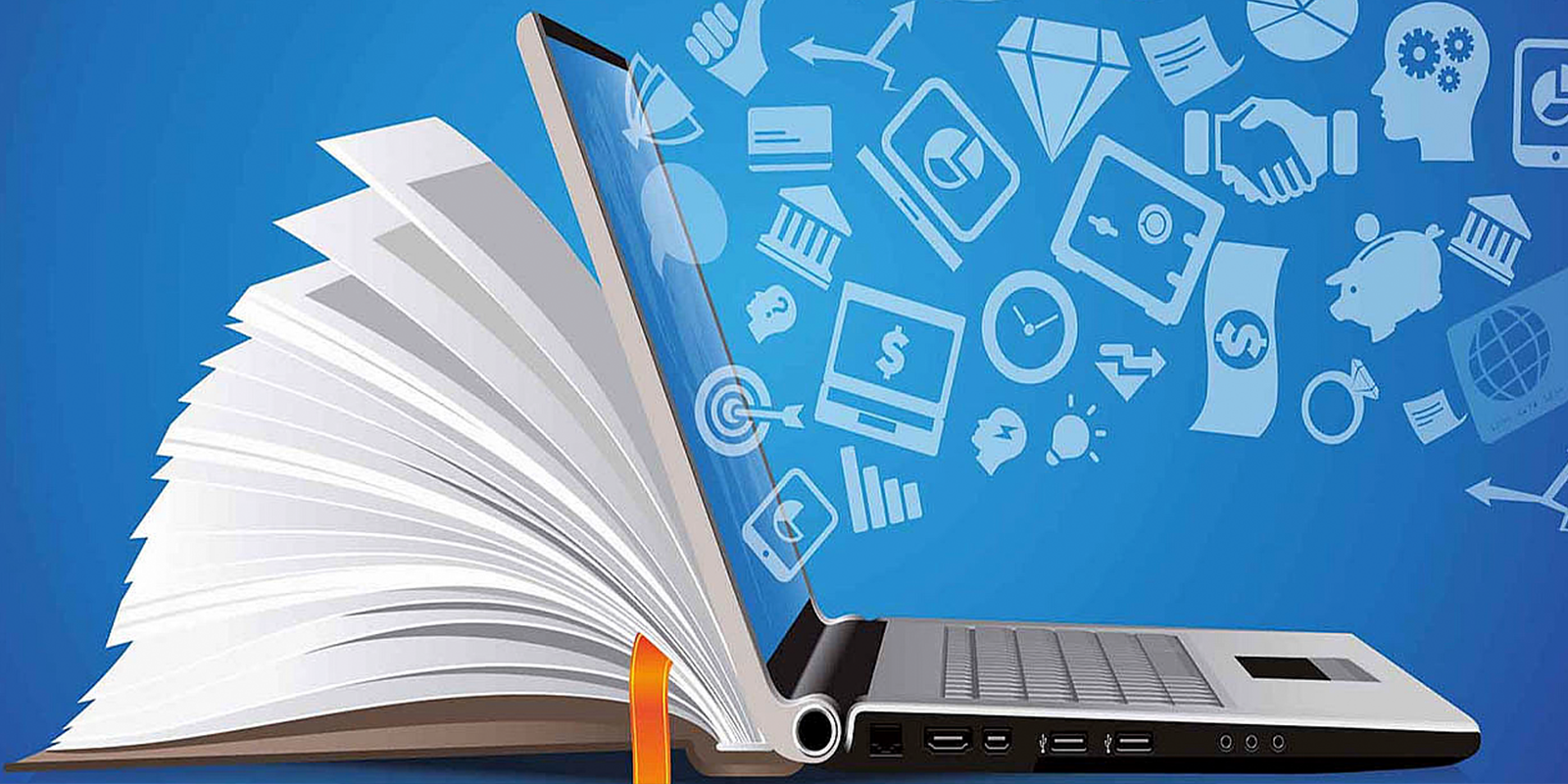
Technology trends were long overdue in the education sector even before the pandemic led to a shift in learning from the classroom to the home.
Advancements in technology were long overdue in the education sector even before the pandemic led to a shift in learning from the classroom to the home. Now, innovative trends in educational technology are meeting educational needs like never before. To leverage growth and elevate learning experiences, solutions like online classes and augmented reality have become essential. As a result, education technology is now focusing on connectivity, versatility, and student-centered learning.
WHAT IS EDUCATIONAL TECHNOLOGY?
Technology in education refers to using cutting-edge tools in the classroom to enhance the learning process.
Ed-tech enables educators to deliver information effectively and in a way that maximizes learning retention. Compared to traditional teaching methods, it provides a more immersive learning experience.
In a recent piece on education technology, Powergistics detailed emerging trends in educational technology, such as Internet of Things. devices, and artificial intelligence. Here are the top 4.
Blockchain Technology
Blockchain allows data to be structured more efficiently. Using this, information is collected in small units called blocks. These fill up and connect to previously filled blocks to form a data string known as a blockchain. The education sector can benefit significantly from Blockchain technology, especially regarding data storage.
The trend has transformed how student information, credentials, and certificates are kept and eliminates the need to verify grades and other academic papers. With this technology, fraud can be tackled, and data can be kept secure.
Artificial Intelligence
According to a recent market report, the global AI in the education market will reach $3.68 billion globally by 2023. Automating activities like grading is one of the most promising applications of AI in education technology.
Providing individual attention in overcrowded classrooms is another issue AI solves. Students in need can benefit from personalized tutoring provided by AI. Students can also learn at their own pace using AI programs that tailor learning tracks to their needs.
Immersive Learning With VR and AR
Augmented reality and virtual reality in the classroom can enhance the learning experience. Immersive learning is the perfect solution for today’s students who want new experiences. In VR, an image is constructed, while in AR, the image is enhanced and improved.
With immersive learning, students can view environments and learn in a fun way, making complex concepts easier to grasp for students.
Cloud Technology
Collaboration through cloud technology allows students to work from anywhere and collaborate on projects. Cloud technology allows students to access programs and files from any device, including laptops, desktop computers, tablets, and smartphones, giving them more access to software and files.
Conclusion
Many industries use the latest technologies in their workflows, so students comfortable with technology will have an easier time adjusting to life after their education concludes. Technology can prepare students for success in the workplace by incorporating it into the classroom.
(2022, September 14). AVIXA Retrieved from https://xchange.avixa.org/posts/the-top-four-technology-trends-in-classroom-and-distance-learning

